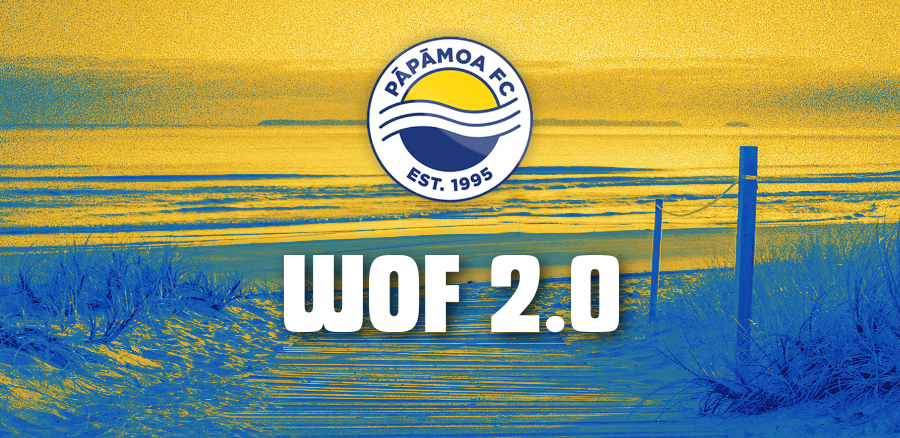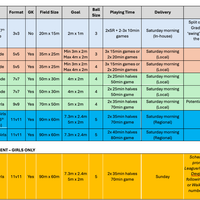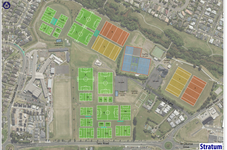Whole of Football 2.0 2026
NZF Whole of Football 2.0
What is NZF Whole of Football 2.0?
New Zealand Football has unveiled its updated Whole of Football plan, evolving the way football and futsal are delivered to the more than 176,000 players who take part in New Zealand’s largest team participation sport.
WaiBOP Football is supporting our clubs and schools to roll out these changes in 2026.
Here's what's changing
These new formats roll out from 2026.
Key differences are field sizes and team numbers to give children more touches and involvement, adding up to an enhanced experience to develop a life long love of football.
* small goals without goalkeepers.
** larger goal with goalkeepers.
*** utilised in areas of low player population (girls only/regional NZ) to support competition growth.
Why are we updating the Whole of Football?





